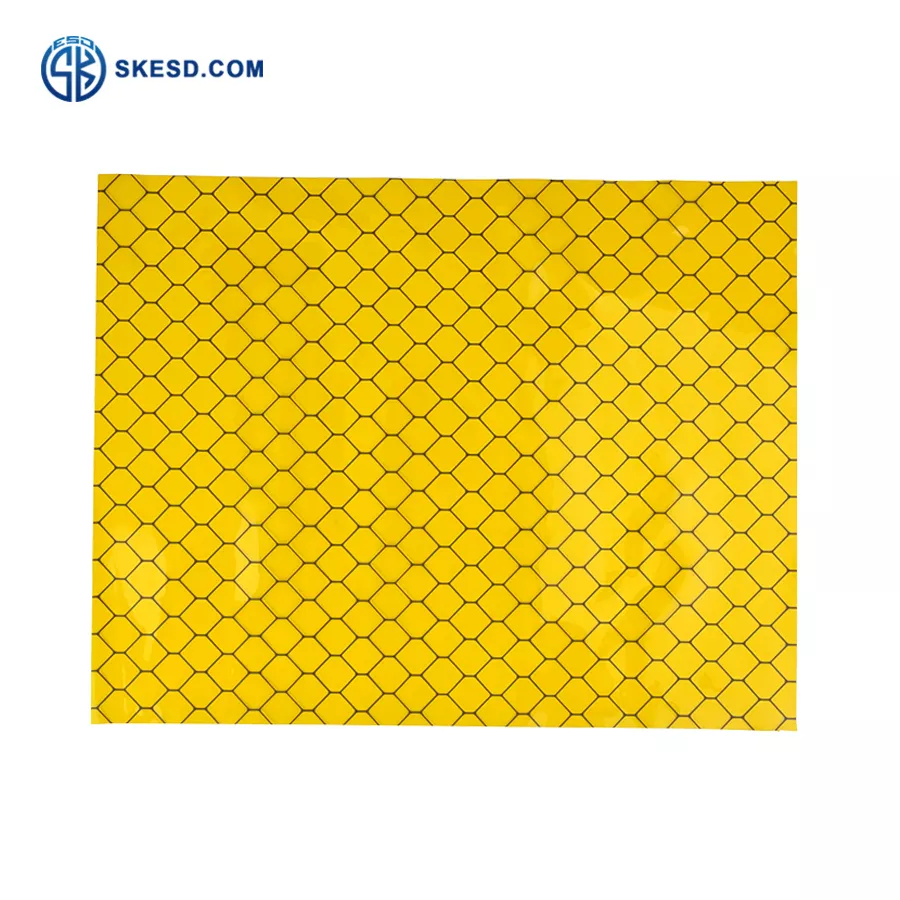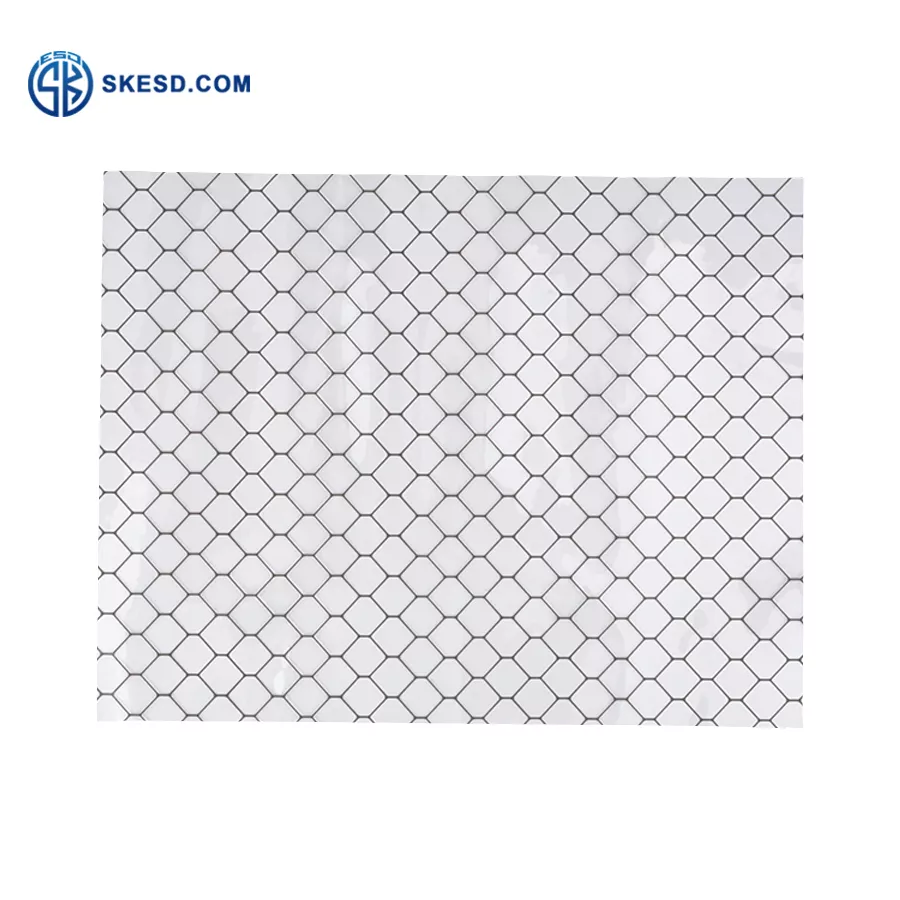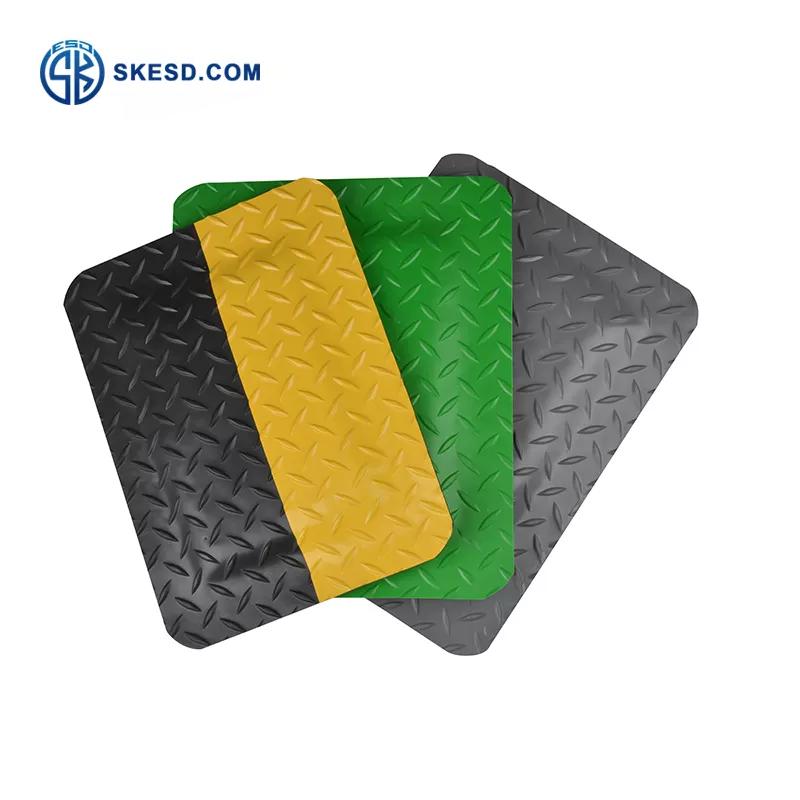In environments where electrostatic discharge (ESD) poses a risk to sensitive equipment and materials, the use of ESD curtain has become crucial. These specialized curtains provide a protective barrier against static electricity, ensuring a safe and controlled environment. In this article, we will explore the significance of ESD curtains, their features, benefits, and applications in various industries.
What Are ESD Curtains?

ESD curtains are specially designed curtains made from materials that possess electrostatic discharge protection properties. These curtains create a controlled environment by blocking the flow of static electricity and preventing its accumulation on nearby objects. ESD curtains are commonly used in industries such as electronics manufacturing, laboratories, cleanrooms, and server rooms to mitigate the risks associated with ESD.
Features of ESD Curtain
ESD curtains offer several features that make them effective in safeguarding sensitive environments from electrostatic discharge. Let’s explore some key features:
-
ESD-Safe Materials
ESD curtains are constructed using materials that have been specifically engineered to dissipate static charges. These materials have low electrical resistance and prevent the accumulation of static electricity, reducing the risk of ESD-related incidents.
-
Grounding Mechanism
To ensure effective ESD protection, ESD curtains are equipped with a grounding mechanism. This mechanism typically includes conductive strips or tabs that allow the curtains to be easily grounded to an appropriate grounding point, such as an ESD-safe floor or a dedicated grounding system. This grounding connection helps divert any static charge that may come in contact with the curtains.
-
Customizable Sizes and Configurations
ESD curtains are available in various sizes and configurations to suit different applications and environments. They can be easily customized to fit specific areas, allowing for the creation of ESD-safe zones or enclosures to protect critical equipment, workstations, or processes.
-
Easy Installation and Maintenance
ESD curtains are designed for easy installation and maintenance. They typically feature simple mounting systems, such as hooks, tracks, or magnetic strips, which allow for quick setup and reconfiguration as needed. Regular cleaning and inspection can help ensure the curtains remain effective in their ESD protection capabilities.
-
Transparency and Visibility
ESD curtain often have transparent sections, such as clear PVC windows, that maintain visibility and allow for visual monitoring of processes or equipment within the ESD-safe area. This transparency ensures that work can be conducted efficiently while maintaining the necessary protection against electrostatic discharge.

Benefits of ESD Curtains
-
Electrostatic Discharge Protection
ESD curtains act as a barrier, preventing the transfer of static electricity between areas with different electrical potentials. By effectively blocking electrostatic discharge, these curtains protect sensitive equipment, components, or materials from ESD-related damage.
-
Controlled ESD-Safe Zones
ESD curtain allow for the creation of controlled ESD-safe zones within larger environments. By segregating specific areas, such as workstations or critical equipment, with ESD curtains, the risk of electrostatic discharge can be minimized, ensuring the safety and integrity of sensitive operations.
-
Flexibility and Adaptability
ESD curtains offer flexibility in terms of sizing, configuration, and reusability. They can be easily installed, repositioned, or modified to accommodate changing needs or layouts. This adaptability makes them a cost-effective solution for ESD protection in dynamic work environments.
-
Enhanced Safety and Compliance
By implementing ESD curtains, organizations can enhance workplace safety and comply with industry-specific ESD control standards and regulations. The use of these curtains demonstrates a commitment to maintaining a safe working environment and protects against potential hazards associated with electrostatic discharge.
-
Improved Efficiency and Productivity
ESD curtains contribute to improved efficiency and productivity by providing a clear and organized separation of ESD-sensitive areas. These curtains reduce the time and effort required for ESD control measures and minimize disruptions caused by ESD-related incidents, allowing personnel to focus on their tasks with peace of mind.
Conclusion
ESD curtains play a vital role in protecting sensitive environments from electrostatic discharge. With their ESD-safe materials, grounding mechanisms, customizable sizes, and ease of installation, these curtains offer effective ESD protection while maintaining transparency and visibility.
continue reading
Related Posts
Rohs 2.0 has emerged as a crucial aspect of compliance […]




